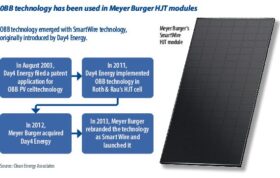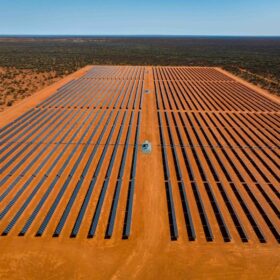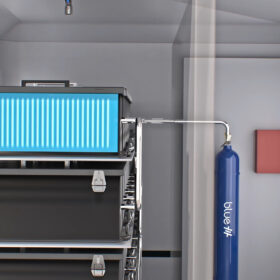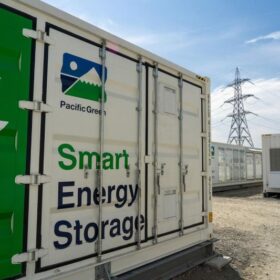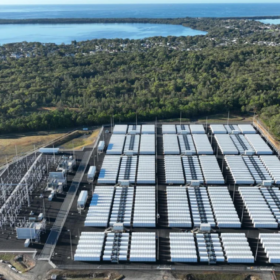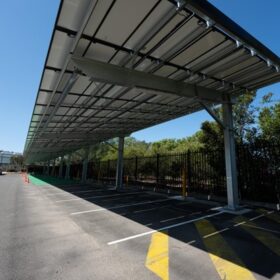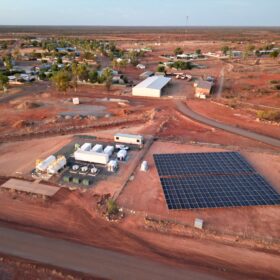War in Ukraine triggered unique phase in renewables history
Human Geographer Thilo Wiertz speaks to pv magazine on the particular features that characterised the trajectory of renewable energies after the outbreak of the war in Ukraine. He emphasised how the geopolitical tensions arising from this conflict have reshaped the political debate about the energy transition, with the energy security perspective gaining in importance.
Solar module prices may reach USD 0.10/W by end 2024
Tim Buckley, director of Climate Energy Finance, speaks to pv magazine about the current steep trajectory of solar module prices. He estimates that PV panels prices will end up dropping by 40% this year and predicts the closure of old technology and sub-scale solar manufacturing facilities, both in China and globally.
Weekend read: Connecting HJT
The application of busbarless cell interconnection approaches could unlock the potential of heterojunction (HJT) technology, primarily by reducing the historically high silver usage of negatively-doped, “n-type” cell technology. As HJT production increases, a wave of applications may very well be on the horizon.
Northern Goldfields solar and battery system goes live
BHP has taken another step on the path towards a clean energy future with Canadian developer TransAlta Renewables switching on one of the world’s largest off-grid solar and battery energy storage systems that will help power the mining giant’s nickel operations in Western Australia.
Future of long-term energy storage isn’t about lithium, it’s about battery supply chains
Dr. Thomas Nann examines the benefits and limitations of lithium-ion batteries, imploring Australia to embrace disruptive innovation, not incrementalism.
AGL to trial forecasting tool to transform energy demands of C&I sites
Melbourne Airport is among the organisations taking part in a two-year trial intended to help commercial and industrial energy users shift their demand away from peak times, easing pressure on the grid and supporting the integration of more renewables.
Origin takeover vote postponed as suitors lob revised proposal
Origin Energy has delayed the vote on its almost $20 billion (USD 12.85 billion) takeover bid until next month after receiving a revised offer from the Brookfield-led consortium that is hoping to acquire the Australian energy generator and retailer.
New solution to suppress battery storage fire, thermal runaway unveiled by Fike
Fike Corp., a US industrial-hazard protection specialist, has launched Fike Blue, a tested, patented solution that suppresses battery fires and stops cascading thermal runaway.
Weather risk up, margins down: solutions to future-proofing big solar
Extreme weather is a growing risk to solar farms. Future-proofing through advanced technologies, leveraging data from novel sources, and by building both collaboration and acceptance of risk is vital, but rarely achieved today for a number of reasons. Insurers, lenders, developers, contractors and manufacturers come together here to discuss solutions to the intractable problem of weather risk.
Pacific Green unveils 1.5 GWh big battery plans for South Oz
British renewables developer Pacific Green Technologies has joined the growing number of foreign companies looking to capitalise on Australia’s energy transition, announcing plans to build a 500 MW/1,500 MWh battery energy storage system in South Australia.


